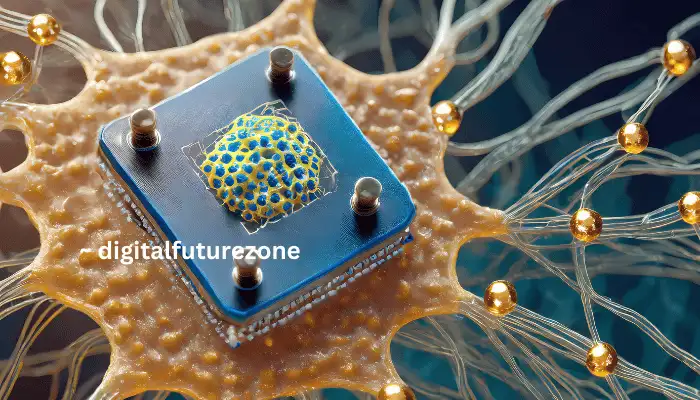Elon Musk’s incredibly successful venture, Neuralink, is making headlines yet time. It’s this time for the success in demonstrating their brain-computer chip, called that’s the Neuralink N1, installed in the first human being to be tested. This breakthrough technology is an important milestone in the field of the field of neuroscience and technology. It promises the future of brain-computer interfaces that can revolutionize the way we communicate with technology and tackle a variety of neurological issues. This article will offer additional a detailed review of what the Neuralink N1 chip operates as well as the process of installing it as well as the promise it could bring to the next generation.

The Installation of the Neuralink N1
It is the Neuralink N1 device is small, advanced device that is designed to implant directly in the brain. The procedure for implanting, though complicated is refined to warrant security and accuracy. This procedure consists of the following stages:
- Surgical Accuracy: A specialized surgical robot designed by Neuralink who performs the implantation. The robot is able to insert tiny threads that are flexible and small the Neuralink chip in the brain in micrometer-level accuracy, keeping blood vessels out and minimizing the damage to the brain’s tissues.
- Minimally Invasive The procedure is not invasive with the aim to make the procedure as simple and safe as is possible. It is similar in terms of risk and complexity to LASIK eye surgery, in terms of difficulty and risks.
- Integration with the Brain After being implanted, the Neuralink N1 device’s threads will be positioned in a way to connect with neuronal. They are less thicker than hairs of a human which allows them to detect signals that are electrically generated by the brain and not cause significant harm.
What is it? Neuralink reads brainwaves
The primary function that lies behind Neuralink N1 chip is its core functionality. Neuralink N1 chip is its capability to recognize brainwaves, and convert the signals into useful information. This is how it works:
- Neuronal Signals Brain neurons communicate via electrical impulses. Neuralink N1 chip Neuralink N1 chips’ threads contain electrodes capable of detecting the signals.
- Signal Processing Signals that are detected get sent to the chip that processes them in real-time. It is capable of decoding the pattern of neural activity, which indicate particular thoughts or motives.
- Wireless communication: The information processed will be sent wirelessly via wireless to any external device for example, a phone or computer. The brain is able to communicate to regulate different devices or functions via thought.
Demonstration and its Implications
Recent demonstrations by Neuralink showcased the potential of the N1 chip, which was installed inside the human body of a patient. This patient has the ability complete actions completely through the mind this feat demonstrates the enormous possibilities of this new technology. Below are some effects:
- Restoring Mobility for those suffering from neuromuscular diseases that hinder the ability to move, Neuralink could offer a method to control prosthetic limbs or computer interfaces to restore an element of independence.
- treating neurological conditions: The technology holds potential for the treatment of conditions such as Parkinson’s Disease, epilepsy and many other conditions that result from disruptions in neuronal communication.
- enhanced communication: Individuals with severe speech disabilities could benefit from Neuralink for communication more energetically in converting their thoughts to speech or text.
Future Perspectives and Ethical Aspects
Although the human-powered demonstration of Neuralink’s brainchip is remarkable but it is also a source of crucial ethical and practical issues:
- Privacy of Data: The capability to understand and analyze brain activity raises questions about privacy of data and the risk of misuse. Providing strong safeguards as well as ethical guidelines are vital.
- accessibility: Making this advanced technology available and affordable for the people who are in need is a major issue that Neuralink will have to address when they progress.
- Long-term Impacts: Continued research is essential to determine the long-term impacts of implanted brains in the human body and on cognition. The monitoring of patients over time can offer additional important information regarding the efficacy and safety of this technology.
Conclusion
Neuralink’s brain chips constitute the first step towards the integration of technology with human cognitive abilities. The success of the demonstration on an actual human subject highlights the ability of this technology to change life, especially for people who suffer from neurological conditions. While Neuralink develops and continues to enhance the capabilities of its technology, it will become vital to address the ethical and practical complexities associated with this revolutionary technology. Brain-computer interaction is the future upon us and will change our perception of the human capacity and the technological revolution.
